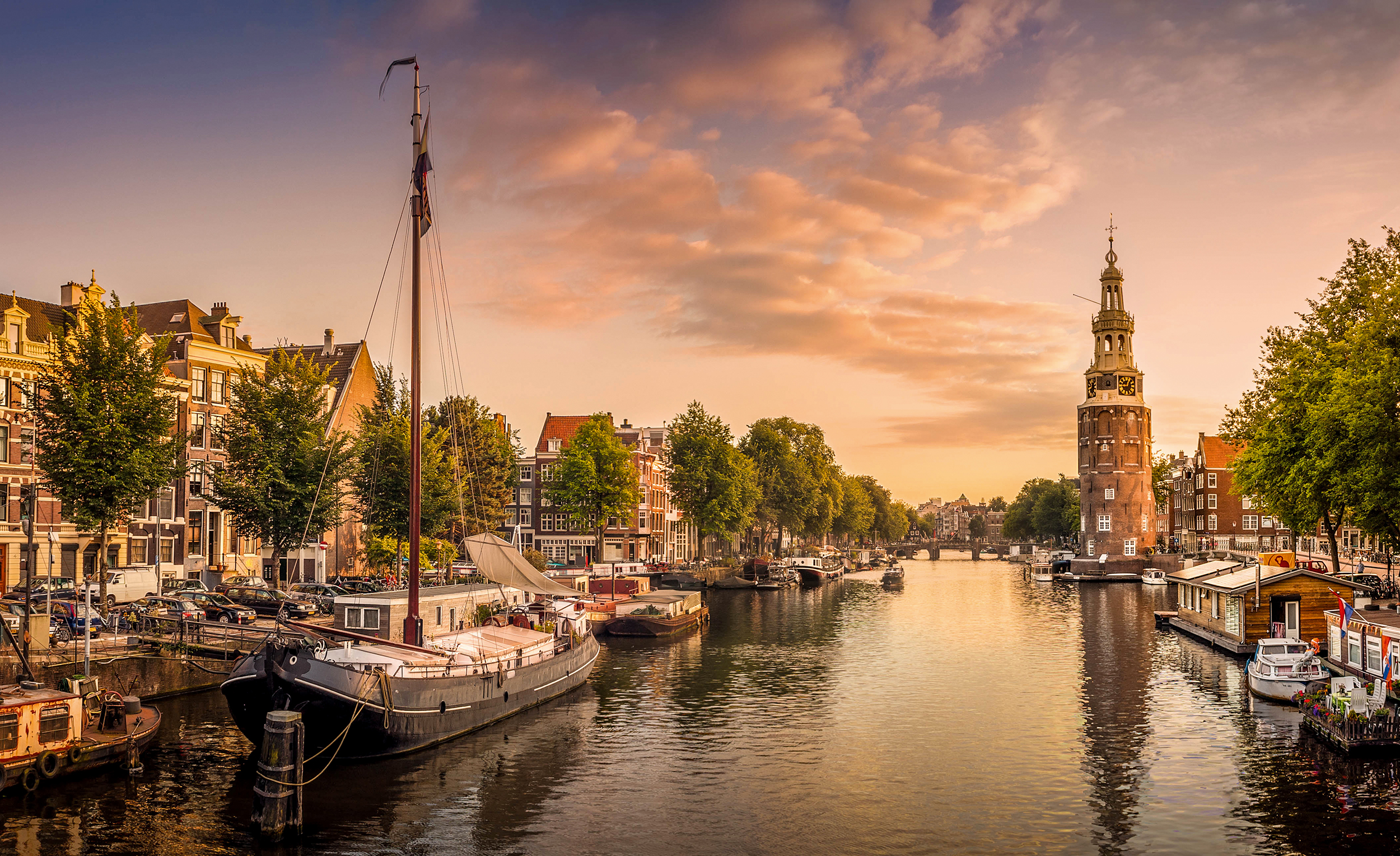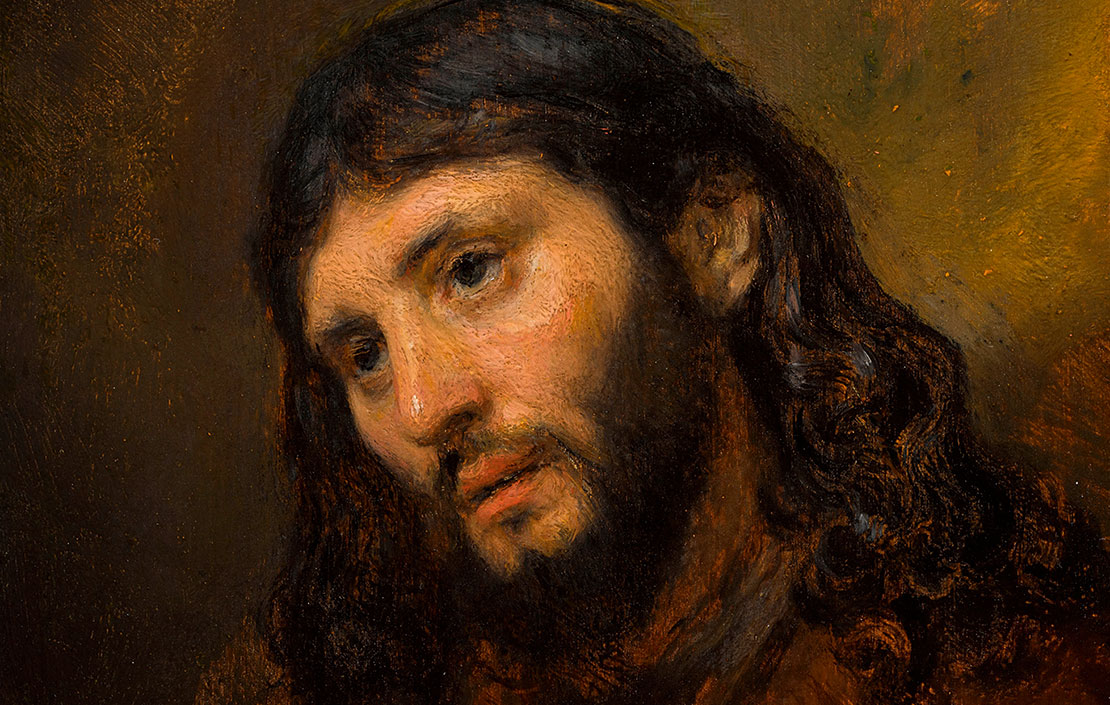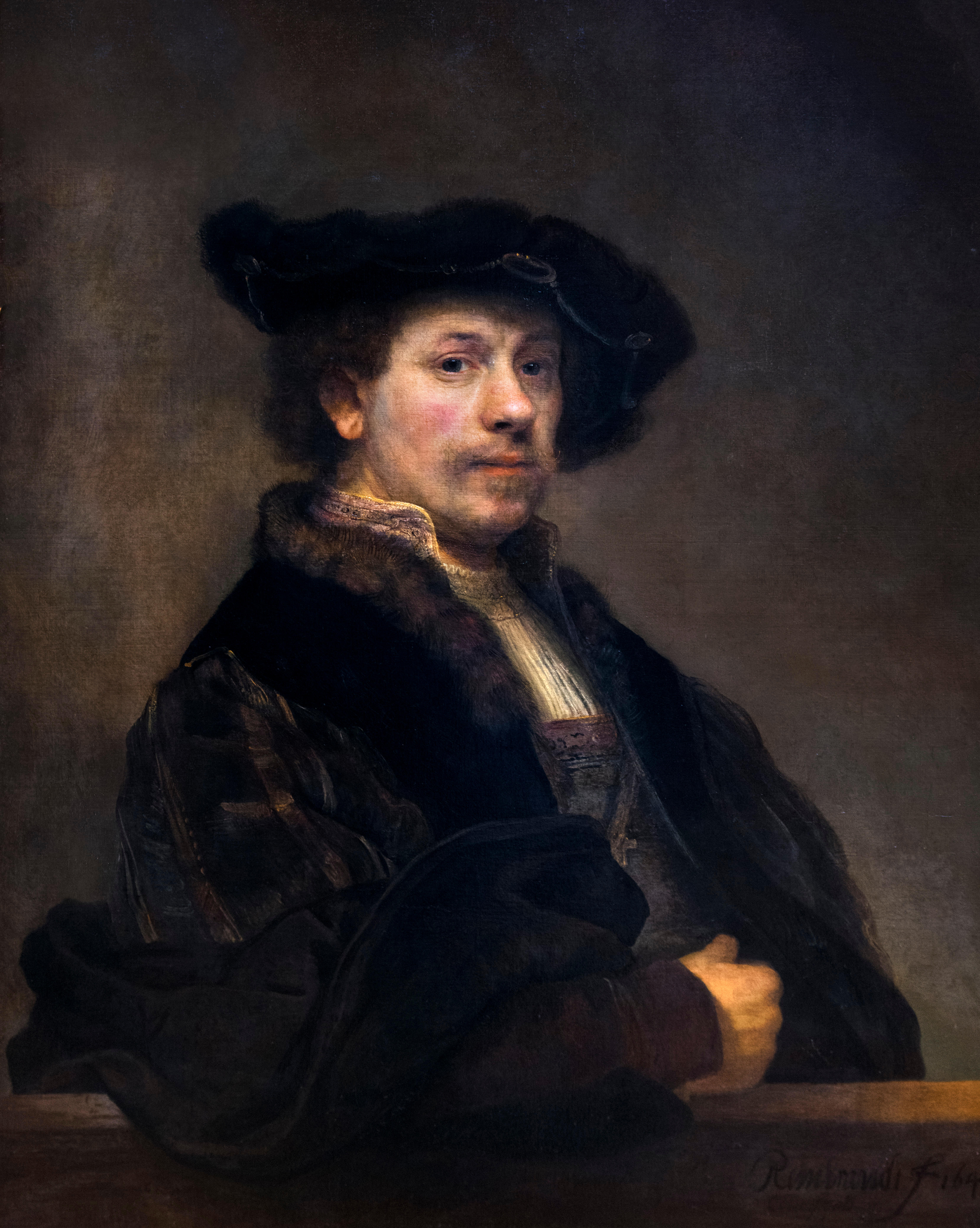My Favourite Painting: Sir Tim Laurence
Sir Tim Laurence, husband of HRH The Princess Royal, on a haunting Rembrandt portrait.


Sir Tim Laurence on A Man in Oriental Costume by Rembrandt van Rijn
‘In 1981, sailors from HMS Sheffield were visiting sites in and near their home city. I drew Chatsworth: the park, gardens and setting appealed to me most. In those days, interiors and works of art meant less to me. But I suddenly caught sight of a strangely clad figure looking intently at me.
‘After a double take, I realised it wasn’t human; it was a painting — and such a brilliant painting at that. It introduced me to the genius of great art. English Heritage’s Rembrandt self-portrait at Kenwood is equally superb, but that damascene moment at Chatsworth will always stay with me.’
Sir Tim Laurence is chairman of English Heritage
John McEwen on A Man in Oriental Costume
It is said that, if ever an artist was born in the right place at the right time, it was Rembrandt. His birth coincided with the flowering of the recently formed Dutch Republic’s golden age, which was based on Dutch domination of world trade. The traditional markets of Baltic grain and North Sea fish were combined with a naval and mercantile strength that controlled the Mediterranean and New World trade routes; to these was added the new Asiatic trade via the Dutch East India Company. Market power was centred on the unrivalled banking house and stock exchange of Amsterdam. Together with bulk goods, there was a rich trade in luxuries, exported and imported, to which this portrait bore witness.
It was painted at the height of Rembrandt’s artistic output. Having learned his trade, including etching, in his hometown of Leiden, the second city of the Netherlands that was renowned for its Protestant university, which he briefly attended, he moved to Amsterdam in 1631. He joined the city’s Guild of St Luke, established a burgeoning workshop and was quickly recognised as the leading painter, not least with portraits of Amsterdammers of all religious persuasions.
Trade brought foreign merchants to the city and encouraged exotic dress among their Dutch equivalents. With art a consumer luxury, artists, too, boasted success with trappings of wealth. Rembrandt himself enjoyed dressing up and had a lifelong taste for eye-catching headgear. This unknown sitter, his turban pinned with an aigrette or pin decorated with a tuft of ornamental bird feathers, is sometimes catalogued ‘Rembrandt van Rijn and workshop (probably Govaert Flinck)’.

A weekend in Amsterdam: Rembrandt, the Resistance and Raymond Blanc en route
Getting to spend a weekend in Amsterdam is as simple as hopping on the train then sitting back to enjoy,

In Focus: The Rembrandt portrayal of Christ which contains the fingerprints of the great master himself
A wonderful Rembrandt that went under the hammer recently contains a fascinating imprint of its creator, as Huon Mallalieu reports.

In Focus: The tiny Rembrandt which soared from £650 to almost £15 million in the space of our expert's career
Huon Mallalieu reports back from a novel Sotheby's online sale where he runs in to an old friend up for
Exquisite houses, the beauty of Nature, and how to get the most from your life, straight to your inbox.

In Focus: How Rembrandt’s self-portraits were masterpieces of art, experimentation – and even marketing
Rembrandt painted more self-portraits than any painter who came before him. But why? And what do they tell us about
Country Life is unlike any other magazine: the only glossy weekly on the newsstand and the only magazine that has been guest-edited by His Majesty The King not once, but twice. It is a celebration of modern rural life and all its diverse joys and pleasures — that was first published in Queen Victoria's Diamond Jubilee year. Our eclectic mixture of witty and informative content — from the most up-to-date property news and commentary and a coveted glimpse inside some of the UK's best houses and gardens, to gardening, the arts and interior design, written by experts in their field — still cannot be found in print or online, anywhere else.
